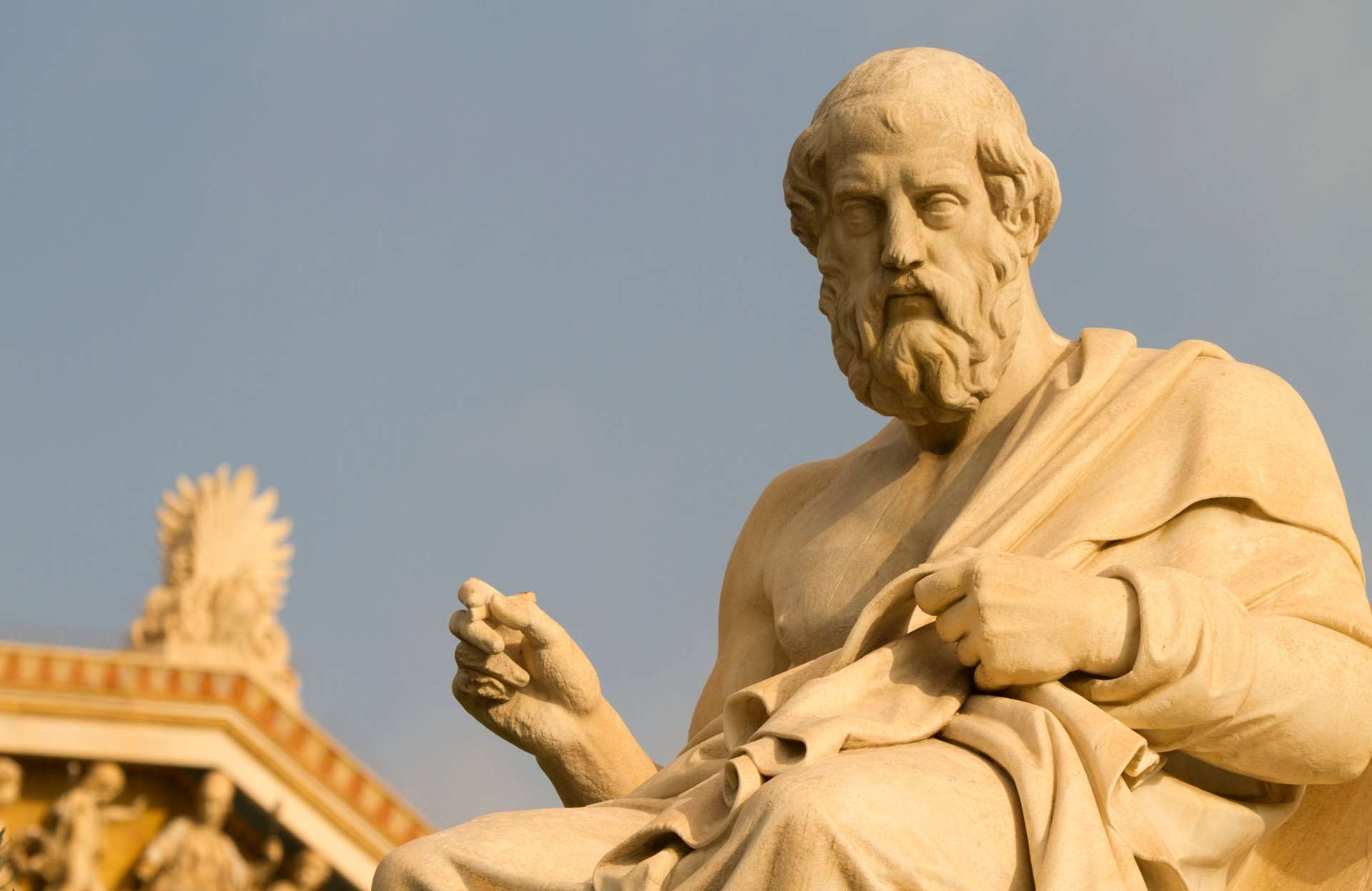It is considered important that the "surveyor" uses the so-called "Pythagorean triples" to create precise right angles. "The discovery and analysis of the plate have important implications for the history of mathematics. "For example, the plaque was created more than a thousand years before Pythagoras was born," Mansfield said.
A mathematician says he has uncovered the origins of applied geometry and land surveying after the rediscovery of a 3,700-year-old clay tablet.
The Bronze Age relic – know as Si427 – was first discovered in late 19th century Iraq and lay hidden in plain sight in an Istanbul museum for decades.
But detective work by a lecturer from the University of New South Wales in Australia has revealed the artefact's true purpose: to outline precise boundaries and avoid disputes among wealthy landowners in ancient Babylonia.
“Si427 dates from the Old Babylonian [OB] period – 1,900 to 1,600 BC,” says lead researcher Dr Daniel Mansfield from UNSW’s School of Mathematics and Statistics in a study released in the Foundations of Science journal.
“It’s the only known example of a cadastral document from the OB period, which is a plan used by surveyors to define land boundaries. In this case, it tells us legal and geometric details about a field that’s split after some of it was sold off.
“This is from a period where land is starting to become private – people started thinking about land in terms of ‘my land and your land’, wanting to establish a proper boundary to have positive neighbourly relationships. And this is what this tablet immediately says. It's a field being split, and new boundaries are made.”
Dr Mansfield first learnt about the Si427 tablet after reading it had been dig up during the Sippar expedition of 1894, in what is Baghdad province today.
“It was a real challenge to trace the tablet from these records and physically find it – the report said that the tablet had gone to the Imperial Museum of Constantinople, a place that obviously doesn’t exist any more," he says.
“Using that piece of information, I went on a quest to track it down, speaking to many people at Turkish government ministries and museums, until one day in mid 2018 a photo of Si427 finally landed in my inbox.
“That's when I learnt that it was actually on display at the museum. Even after locating the object it still took months to fully understand just how significant it is, and so it's really satisfying to finally be able to share that story.”
The analysis of the tablet has important implications for the history of mathematics, because it dates from more than a thousand years before ancient Greek mathematician Pythagoras was born.
“It is generally accepted that trigonometry – the branch of maths that is concerned with the study of triangles – was developed by the ancient Greeks studying the night sky in the second century BC,” Dr Mansfield says.
“But the Babylonians developed their own alternative ‘proto-trigonometry’ to solve problems related to measuring the ground, not the sky.”
Dr Mansfield says the way these boundaries are made reveals real geometric understanding.
“Nobody expected that the Babylonians were using Pythagorean triples in this way,” Dr Mansfield says.
“It is more akin to pure mathematics, inspired by the practical problems of the time.”









